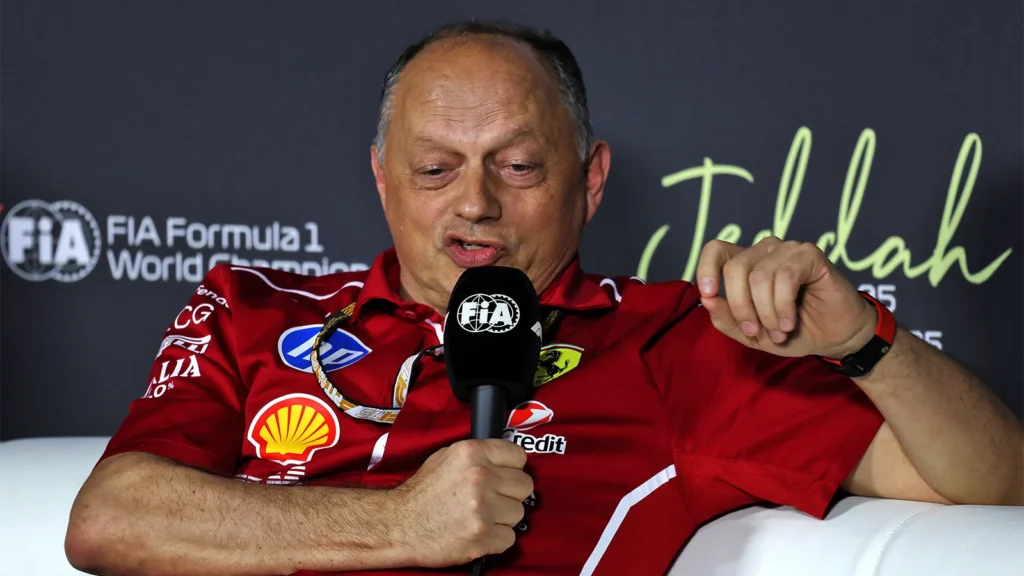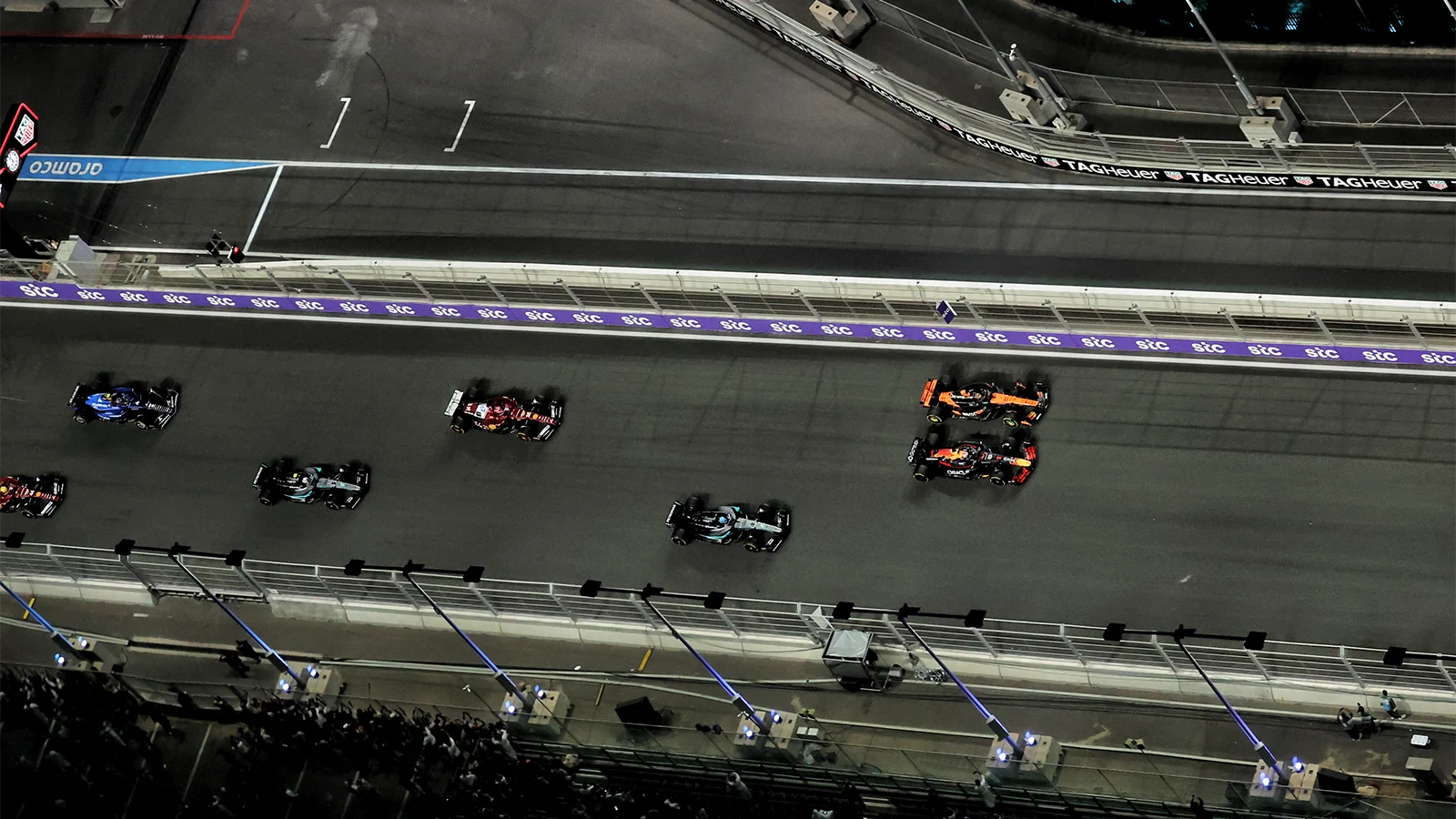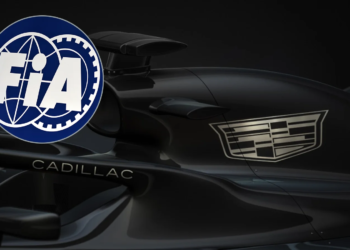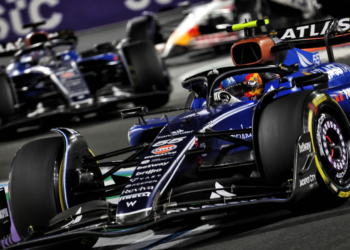Key figures in Formula 1 continue to debate the 2026 power unit regulations as changes are being proposed at the 11th hour.
The 2026 power units will see the current 1.6-litre turbo V6 hybrid model adapted.
Sustainable fuels are being introduced, electrical power output increased, and the MGU-H system removed.
These regulations were drawn up in 2022, and next year’s aero and chassis regulations have been designed somewhat to mitigate potential pitfalls of the power unit changes.
Costs, complexity and performance concerns over the 2026 power units have emerged in recent weeks, at an extremely late stage as we are less than a year away from the new power units hitting the track in pre-season testing.
V10s enter the discussion amid fears over 2026 F1 power units
The possibility of reintroducing V10s has also been floated in recent times, but this has been ruled out in favour of making a success of the 2026 engine formula through its entire cycle, aka, until 2030.
Still, some of the drivers on the grid who grew up watching raucous V10s and V8s wouldn’t mind them making a comeback, such as Williams’ Alex Albon.
“Obviously it would be—I think for most drivers—a nice thing to have the noise,” the Anglo-Thai driver told select media, including Motorsport Week.
“But it’s going to take time. There’s been a lot of investment from a lot of manufacturers into these new regulations for the next few years, so hopefully down the road we can make our way back. But for now, let’s see.”

Younger drivers, such as Sauber’s Gabriel Bortoleto, feel it’s important F1 keeps looking forward.
The Brazilian, who will race in Audi colours next year, argued the case for the German marque, which is joining F1 on the back of the 2026 engine regulations.
“I think the world is just moving forward,” he said.
“Going back to the V10—I don’t think it’s the best thing for sustainability and everything.
“Audi is very committed to the current regulation. They discussed that.
“I just think we cannot look backwards. Maybe the sound was cool, but we need to think about other things.”
A productive meeting to instill faith in new engine formula
The debate of the current regulations and a future V10 formula was discussed between the FIA, F1 stakeholders and representatives of OEMs Mercedes, Ferrari, Red Bull, Honda, Audi and Cadillac ahead of the Bahrain Grand Prix.
“It was a positive discussion,” said Ferrari Team Principal Frederic Vasseur.
“If you ask me as a racer, I would love to have a V12 in the car for the noise and the sound and so on.”
However, Vasseur expressed that a notion of calm is required, and F1 shouldn’t be so hasty regarding next year’s rules.

“Now, we have a regulation in place for 2026,” Vasseur continued.
“We started to speak about 2026, and we said, “OK, calm down.” And now we are speaking about 2031.
“In two minutes the next question will be about 2040! But we have to take it seriously.
“We’ve opened the discussion. I think it’s also probably the first time that we start to speak so early about the next generation, and this is good because we need to know what the others are thinking about it, that we have different approaches.
“But let’s be open. Honestly, it was a very constructive meeting, very positive, because everybody expressed their own opinion, and I think it’s the right way to approach it.”
Rivals opposed amid proposed changes to F1 2026 engines
Following the discussion in Bahrain, a meeting of the F1 Commission on Thursday will propose a series of changes to next year’s engine regulations.
The changes are designed to mitigate the concerns over convergence between OEMs, plus the conservation of electrical power output.
Audi, Honda and Mercedes have a joint-opposed chance to amend regulations, with Toto Wolff having declared the proposals “a joke”.
It’s no wonder Wolff is pressed, given his Mercedes outfit is widely considered to be the front runner on next year’s Power Units.
The proposition will see a system enforced whereby the entirety of the hybrid power unit’s electrical output can’t be fully accessed out of corners, in favour of a gradual release of power to alleviate battery consumption concerns down straights.

Moreover, the proposed 350 kw electrical power could be reduced to 200 kw for high-speed circuits such as Monza, Las Vegas, or across the whole calendar.
This would see the 50/50 power split of the 2026 engines tipped in favour of the internal combustion element, to roughly 65/35.
Wolff isn’t impressed by these changes and told the media in Jeddah (via PlanetF1), “Reading the agenda of the F1 commission is almost as hilarious as reading some of the comments that I see on Twitter on American politics.
“I really want to protect ourselves and make no comment, but it’s a joke. Like a week ago, there’s an engine meeting and then things like this end up on the agenda again.”
Red Bull boss Christian Horner held a different view, as his outfit continues preparing its first in-house power unit in partnership with Ford.
“They [Mercedes] seem very confident in the job that they’ve done for next year,” Horner, said.
“I think that this is something that we asked to be looked at two years ago, and it’s not something that we pushed to be on the agenda this week at all.
“The FIA have gone away and done their research, and I think what they want to desperately avoid is a lot of lifting and coasting in the grand prix itself, which will be not particularly good for the sport and hugely frustrating for the drivers.
“So it’s not something that we’ve lobbied for or asked for and if they’re doing it in the interest of the sport, then you’ve got to support it.”
READ MORE – Williams pulls the trigger on massive F1 2026 development shift









